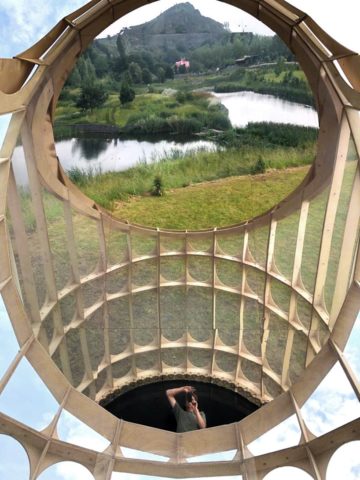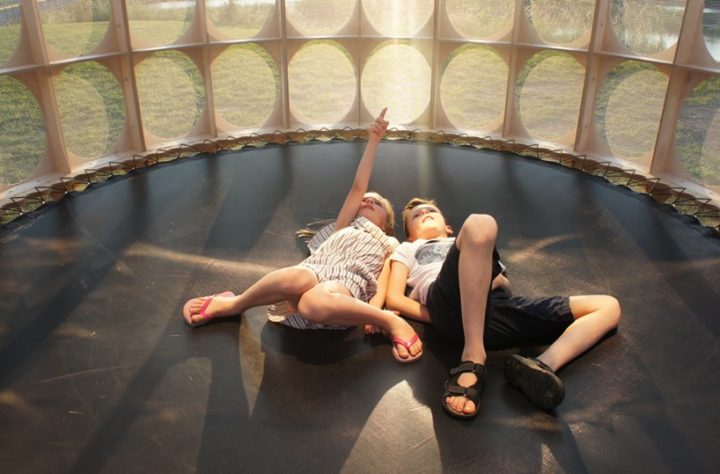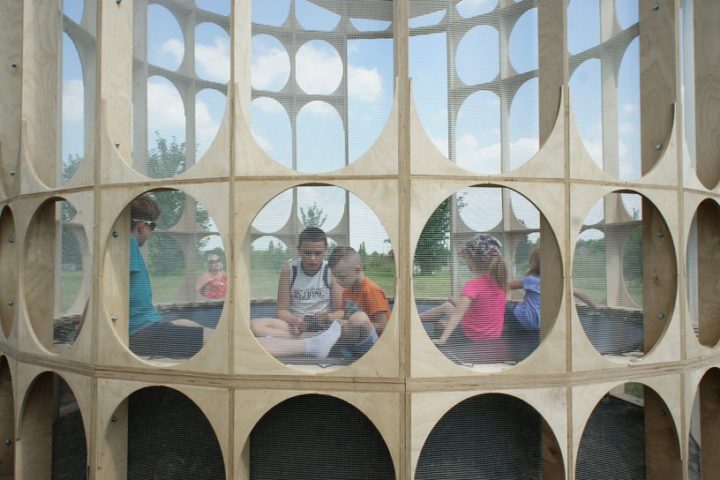Candidates, Why go through a recruitment agency ?
1/ Your chances of finding a job are multiplied If you respond to a job offer published by a recruitment agency, your application will not…
Designed by the Ari studio, a Rotterdam agency, bringing together an artist and an architect, “Le voyeur” is an interactive pavilion nestled in the Parc des Iles in Hénin-Beaumont. This natural area, which has just opened its doors, is located on the site of the former largest coal mining plant in France.
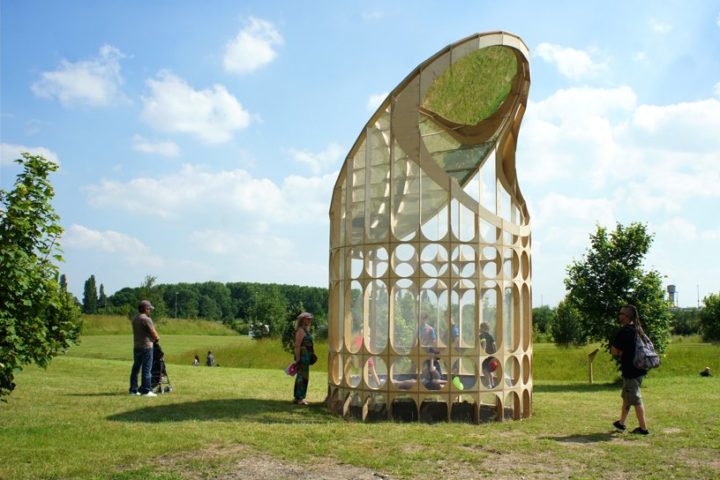
This pavilion is a public and free place where visitors can discover the transformations of the mining basin. Beyond the playful aspect, there is a real reflection on the post-industrial landscape on the part of designers, but above all a vocation to offer a place of rest and gathering for families, to allow children to play and to understand nature from different perspectives.

Operating as an inverted watchtower, “Le voyeur” invites its occupants to concentrate on the landscapes in the distance while lying on the trampoline. Through a set of mirrors, visitors can see, from above, the islands, artificial lakes and old piles of slag scattered throughout the site. “Le voyeur” offers the public an alternative way to discover the old slag heaps in the mining area that are not accessible.

The rounded shape and arched corners of the pavilion refer to the demolished buildings of the historic mining landscape. The functional structures have been designed with particular attention to detail. In turn, “Le voyeur” creates a link with the missing facilities that no longer serve their original purpose.
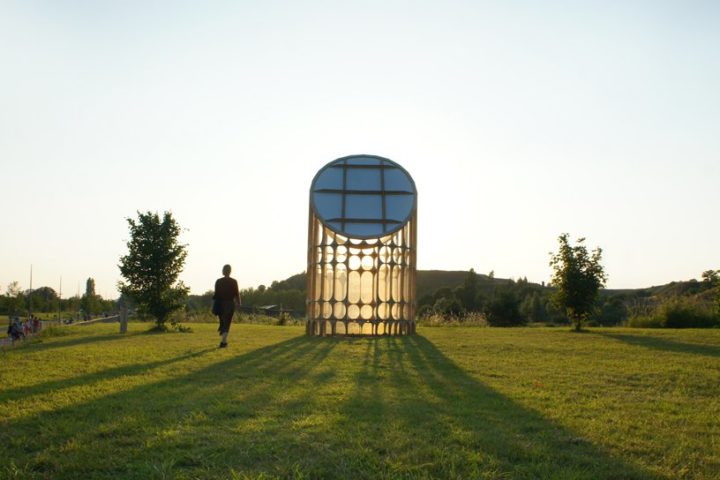
This installation rises up to 6 metres above the ground. In the inclined plane, an oval aluminium mirror is placed in such an angle that the landscape can only be seen from inside the pavilion. The ground will delight young and old alike, as it is actually a well-tensioned trampoline net, where you can lie down to discover the landscape in a playful and comfortable way, or have fun bouncing around. “Le voyeur” is part of the “Odyssée des cabanes” project, which invites artists and creators to build temporary structures in order to promote the transformed natural spaces of the parks chain in northern France. The objective of this competition is to highlight the mining basin, which has now been transformed, as well as the industrial past of the site, which is classified as a World Heritage Site (UNESCO).

